At the interface between oceans and continents lie nearshore ecosystems, defined by well-known species with well understood ecological relations, where high densities of specialist predators (sea otters, sea ducks, black oystercatchers, sea stars) exist within a diverse and productive system full of kelps and invertebrates that don’t occur in any other habitats. This is the marine ecosystem that is most familiar to and highly valued by society. However, nearshore marine ecosystems face significant challenges at global and regional scales, with threats arising from both the adjacent lands and oceans. Monitoring composition and abundance of species and understanding functional relations in the nearshore ecosystem is essential when responding to and managing present and future threats. The legacy of knowledge provided by prior nearshore science allows us to tease apart human threats from naturally induced causes and provide guidance for management of those valued resources.
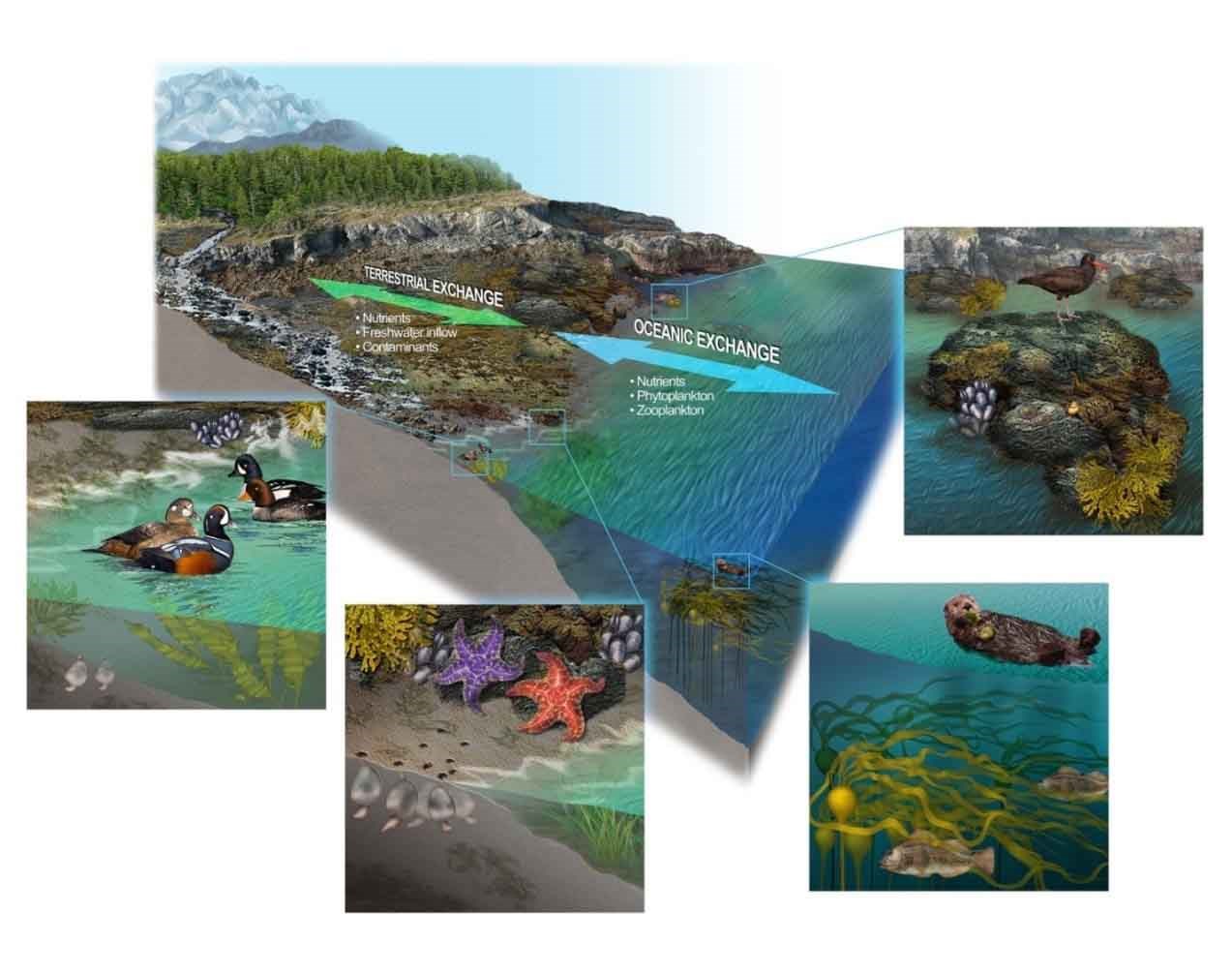
-
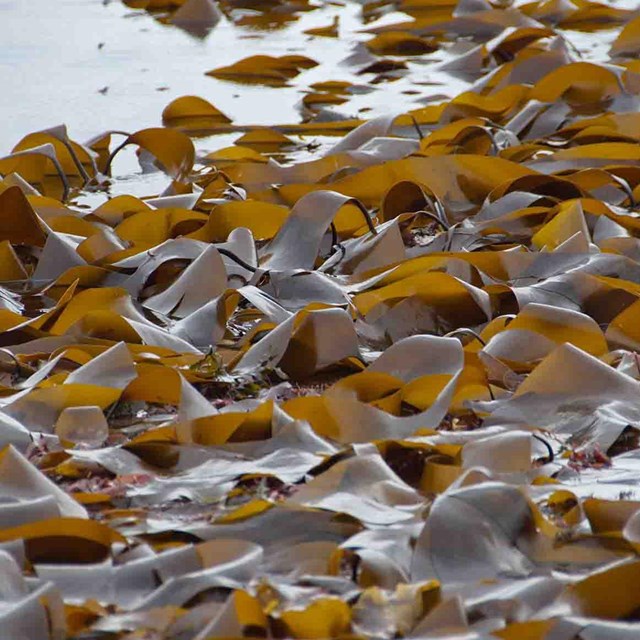 Kelp and Eelgrass
Kelp and EelgrassKelps and eelgrasses provide understory and ground cover for planktivorous fish, clams, and urchins.
-
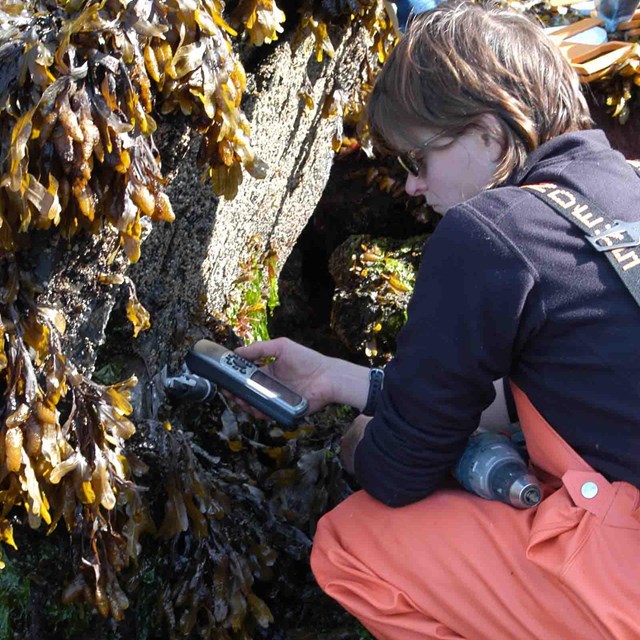 Marine Water Chemistry
Marine Water ChemistryMarine water chemistry, including temperature and salinity, are critical to intertidal fauna and flora.
-
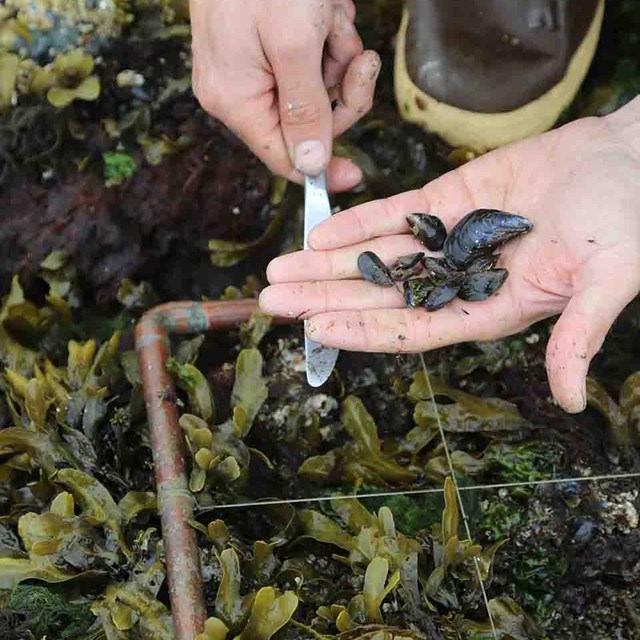 Marine Intertidal Invertebrates
Marine Intertidal InvertebratesIntertidal marine invertebrates are a food source for seabirds, marine mammals, and terrestrial carnivores, such as bears.
-
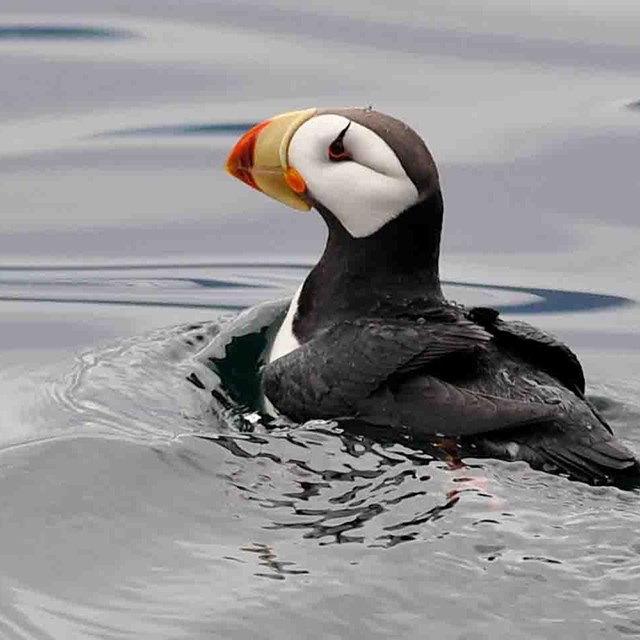 Marine Birds
Marine BirdsMarine birds are top-level consumers of marine invertebrates such as mussels, clams, snails, limpets, and forage fish.
-
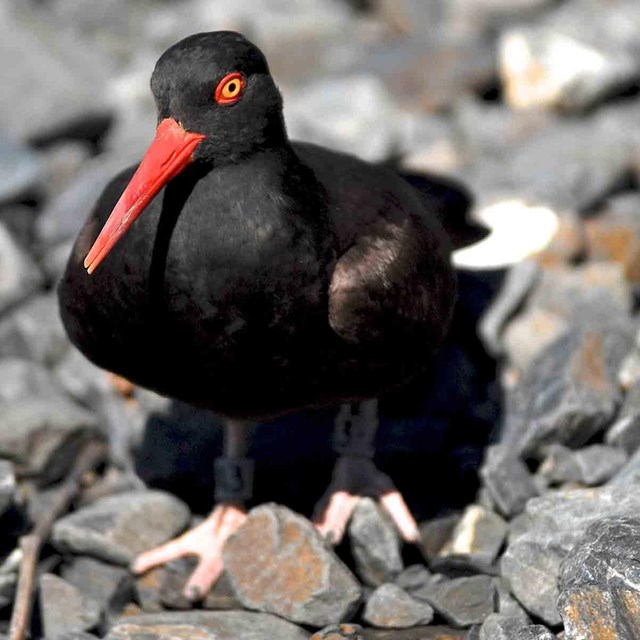 Black Oystercatchers
Black OystercatchersBlack Oystercatchers provide a unique opportunity to view the nearshore zone from the perspective of an avian predator.
-
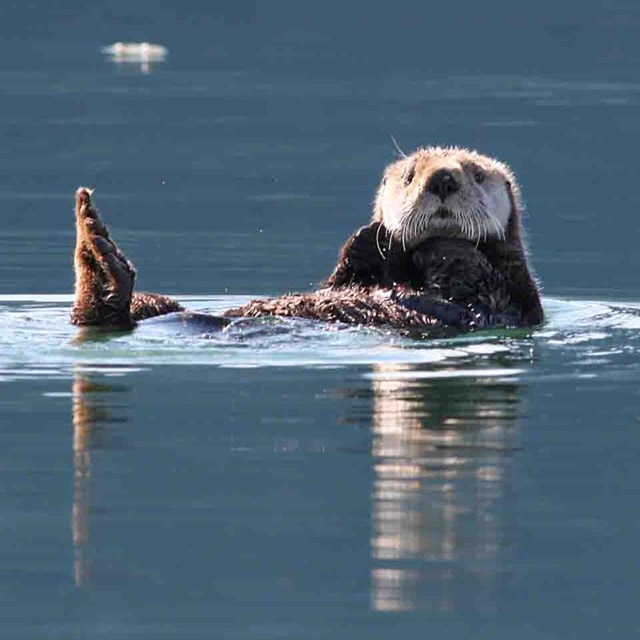 Sea Otters
Sea OttersSea otters can dramatically affect the structure and complexity of their environment.
Last updated: July 19, 2023
